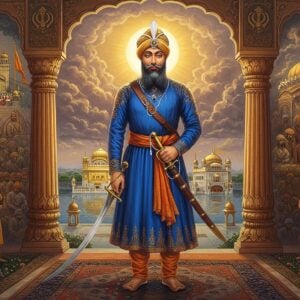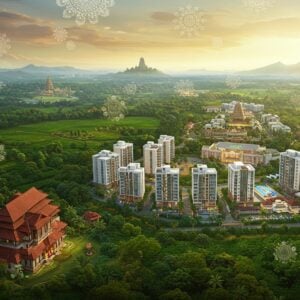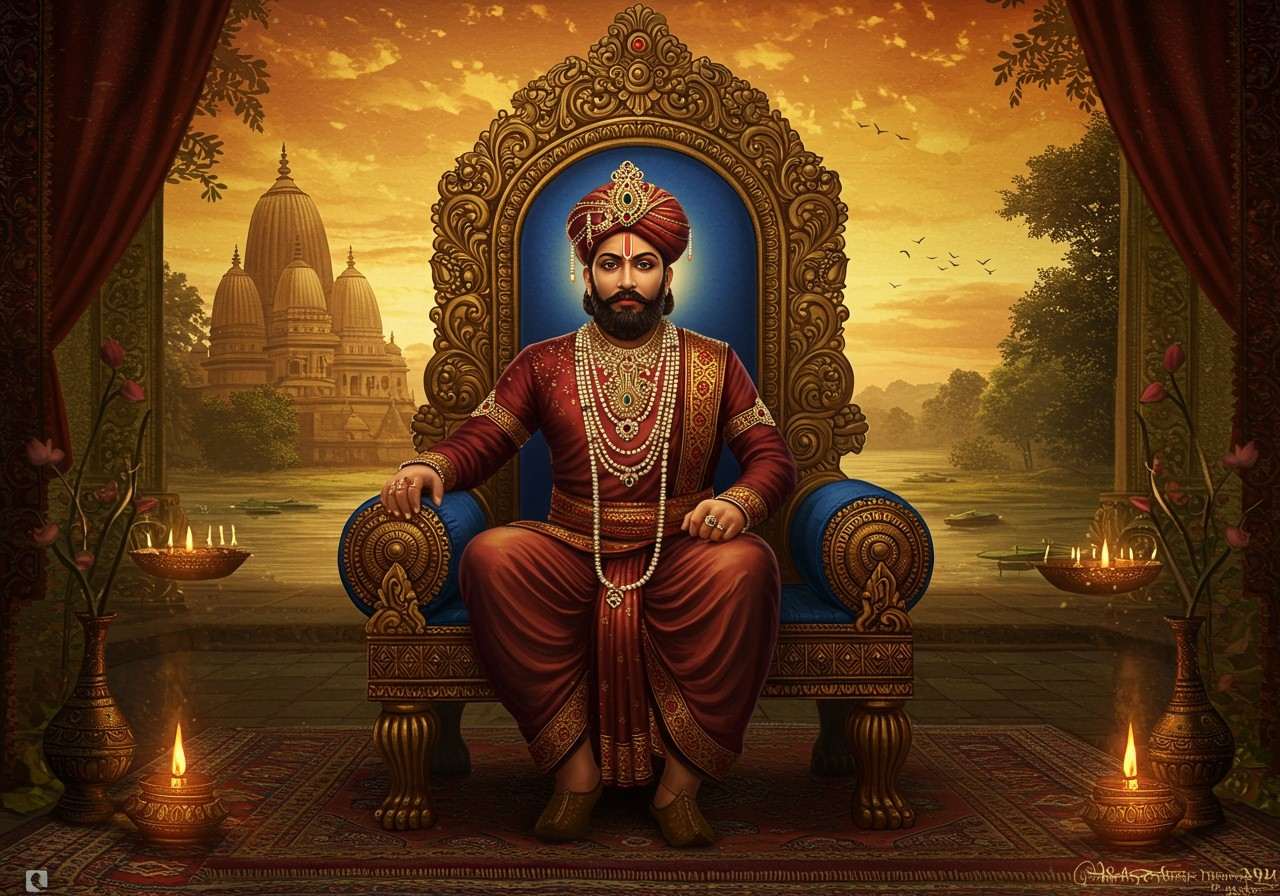
In the rich and layered tapestry of Bharat’s history, some stories shine brightly while others remain gentle whispers in the corridors of time. The tale of Lakshmana Sena, a remarkable ruler of the Sena dynasty, is one such story from Bengal. While his name might not be as widely known today, his reign was a period of incredible cultural and administrative brilliance. Let’s journey back to the 11th-13th centuries to understand the man who shaped Bengal’s identity in profound ways.
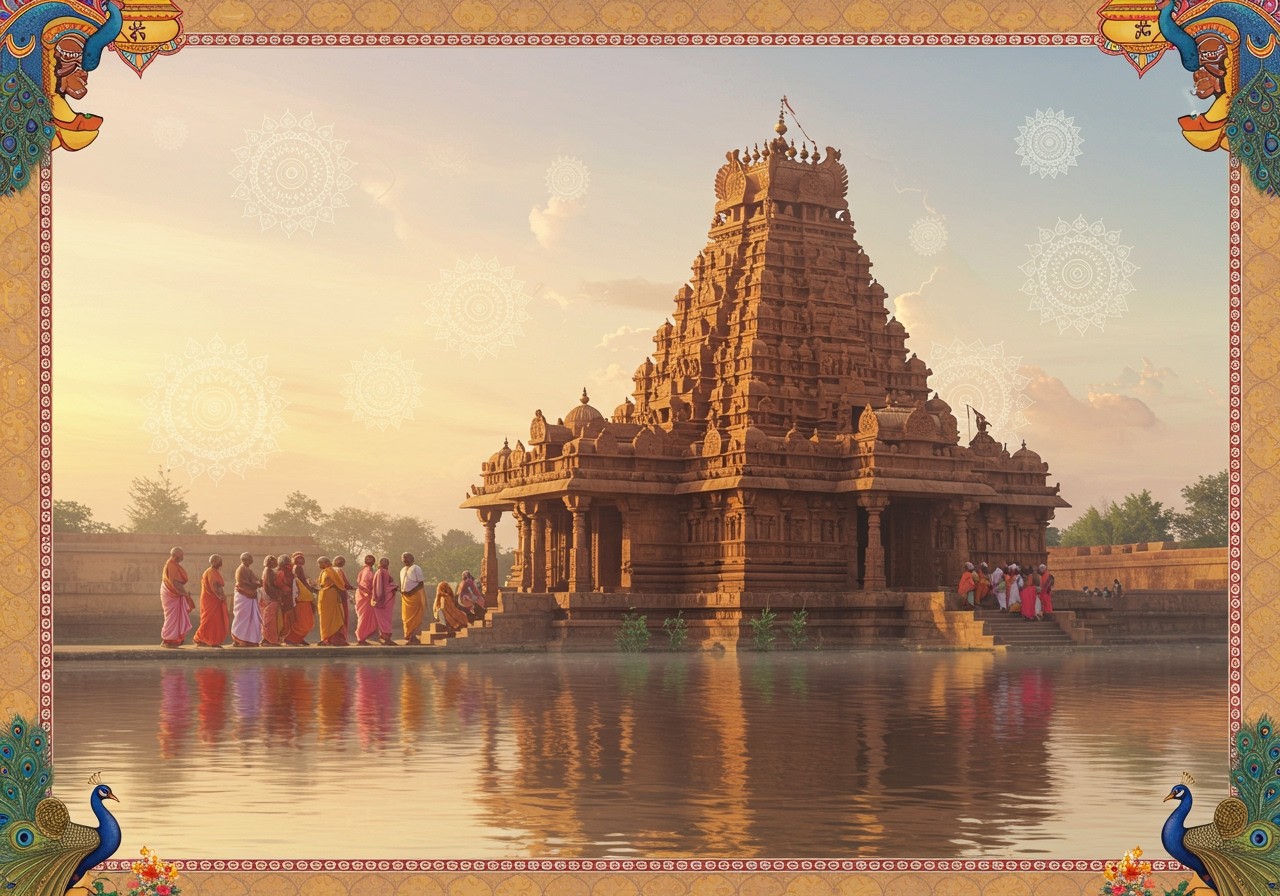
The Golden Age of the Sena Dynasty
The Sena dynasty, founded by Hemanta Sena, was a beacon of Hindu culture, particularly Vaishnavism. They were not just rulers; they were passionate patrons of Sanskrit literature, art, and dharma. It was under Lakshmana Sena that the dynasty truly reached its zenith. His era is often called a golden age for Bengal, a time when art, literature, and spirituality blossomed under royal patronage.
He was not just a king who sat on a throne; he was a scholar in his own right. His court was a vibrant hub of creativity, attracting some of the greatest poets and thinkers of the time. This environment of intellectual and artistic freedom allowed Bengali culture to flourish and develop a unique identity.
A Patron of Culture and Dharma
Lakshmana Sena’s heart was truly in the arts. He championed both Sanskrit and the emerging Bengali language, leading to the creation of timeless literary masterpieces. His deep respect for dharma and tradition was reflected in his rule. He encouraged religious harmony, allowing different faiths to coexist and contribute to Bengal’s rich cultural fabric.
His dedication to spiritual growth is still visible in the legacy of temple architecture from that period. These sacred spaces were not just places of worship but also centres of community and learning. You can still feel the echoes of this divine patronage when you visit ancient temples. For those who wish to connect with this profound spiritual heritage, exploring places like the Somarama Temple can be a deeply moving experience.
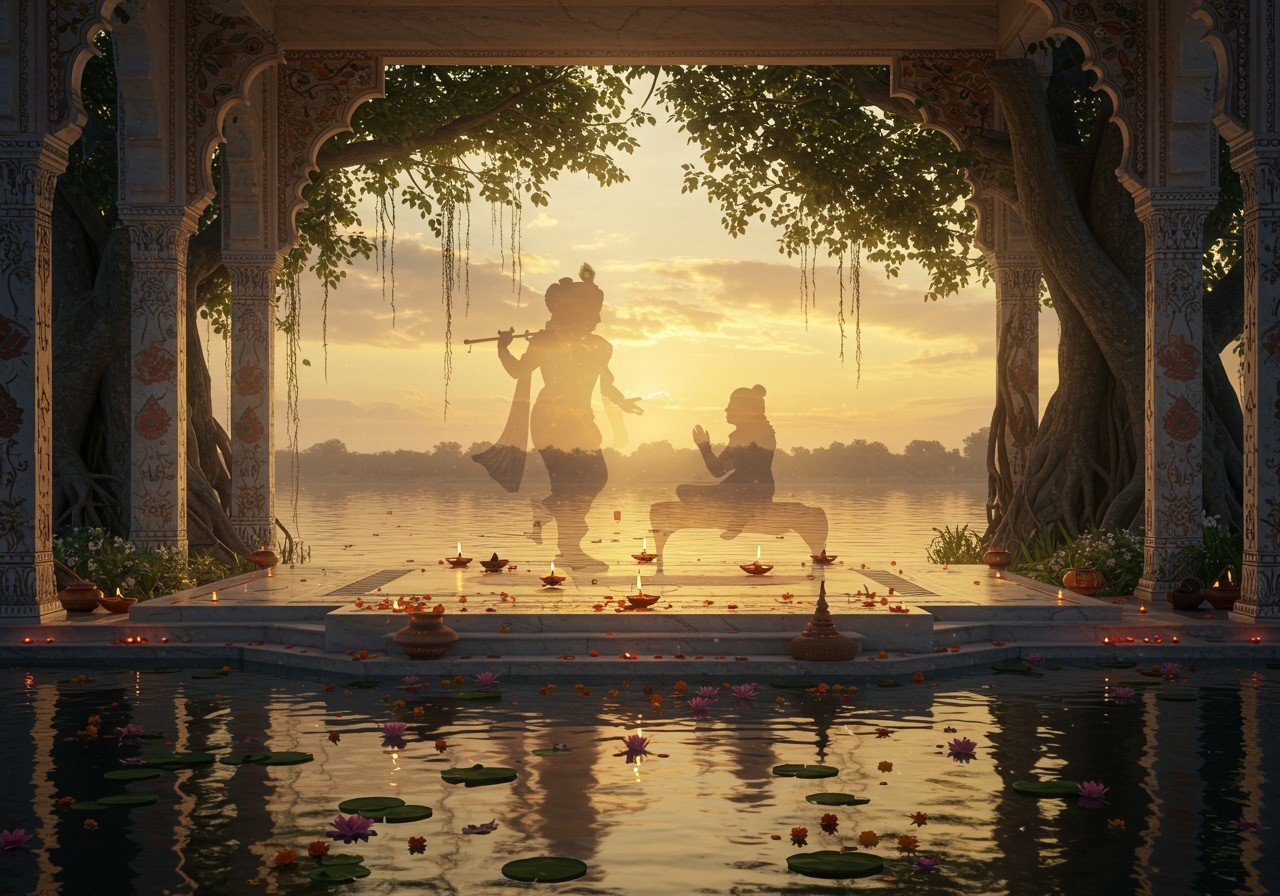
The Unforeseen Invasion and a King’s Retreat
Every golden age faces its sunset. For Lakshmana Sena, this came in 1203 CE with the invasion of Bakhtiyar Khalji, a Turko-Afghan general. By this time, Lakshmana Sena was an elderly emperor, and his kingdom was caught completely by surprise. Khalji’s forces advanced swiftly, forcing the aged king to flee his capital, Nabadwip, and retreat to eastern Bengal. This event is often marked as the beginning of a new chapter in Bengal’s history.
However, it is a misconception to think that this was the end. The spirit of resistance was strong among the native kings of Bengal and Bihar. The Sena dynasty, though weakened, continued to rule parts of Bengal for some time after, a testament to the foundation Lakshmana Sena had built.
Connecting with Our Glorious Past Through Rituals
Remembering rulers like Lakshmana Sena is about more than just reading history; it’s about keeping our traditions alive. The Sena kings were known for their elaborate pujas and their deep reverence for rituals. You can bring a piece of that sacred heritage into your own home.
At poojn.in, we understand the emotion and devotion behind every prayer. We provide authentic, high-quality items to make your rituals feel complete and spiritually fulfilling.
- Pure Puja Utensils: The sanctity of a ritual often begins with the purity of the items used. Our collection of copper Kosha Kushi and pure Kansa plates are crafted to honour these traditions, just as they would have been in ancient royal courts.
- Complete Puja Kits: To simplify your preparations without compromising on tradition, we offer comprehensive kits like the Lakshmi Puja Dashakarma Kit. It contains all the essential items, gathered with care, so you can focus entirely on your devotion.
Understanding Lakshmana Sena: Your Questions Answered
Many people are curious about this significant but often overlooked king. You might be wondering what his true impact on Bengal’s culture was. Lakshmana Sena was a pivotal force in fostering a unique Bengali identity. By patronising poets, artists, and scholars, he helped create a cultural renaissance whose effects are still felt today in Bengal’s rich literary and artistic traditions.
It’s also natural to ask why such an influential ruler is sometimes referred to as a ‘forgotten’ king. The primary reason is that the subsequent historical narrative focused heavily on the conquests that followed his reign, which unfortunately overshadowed many of his incredible achievements. However, by revisiting his story, we gain a more complete and nuanced understanding of our shared past.
His administrative and military strategies were also noteworthy. Lakshmana Sena implemented reforms that brought stability and prosperity, creating a peaceful environment where culture could thrive. Even in the face of invasion, his legacy endured, showcasing his strength as a leader.
The Enduring Legacy of a Visionary King
Lakshmana Sena’s reign remains a testament to his vision and leadership. His contributions to governance, culture, and dharma played a crucial role in shaping the soul of Bengal. His story is a powerful reminder of the richness of India’s past and the many threads that have been woven together to create our present. As we honour his legacy, we celebrate the depth of our traditions and the timeless beauty of our heritage.

